The 8 Best Egg Substitutes for Baking (Tips, Tricks & How to Use Them)
The 8 egg substitutes are the best-kept secret when it comes to baking hacks! Here’s how to use them, tips, tricks, and more.
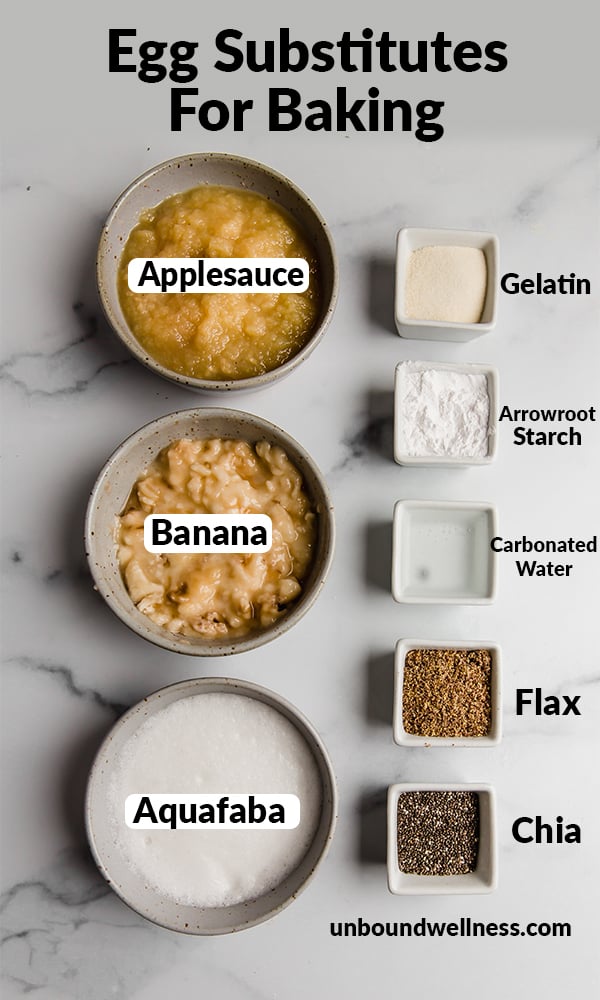
Why would you need an egg substitute?
Eggs are healthy, versatile, and an all-around amazing ingredient and food. There’s nothing wrong with eggs. However, there are many reasons why you could need an egg substitute, such as…
- Vegan or plant-based diet. These diets omit eggs. The only non-vegan egg substitute in this post is gelatin.
- AIP diet. An autoimmune protocol diet omits eggs for the elimination phase. Not all of the subs in this post are AIP, however, banana, apple sauce, gelatin, arrowroot, and carbonated water can be used.
- Egg allergy or intolerance. Egg allergies are common, and these subs are obviously necessary in this case.
- Maybe you just ran out of eggs! We’ve all had the experience of wanting to bake some brownie only to realize we’re missing an ingredient. That’s when these subs really come in handy!
Why are eggs used in baking? Why can’t they just be left out altogether?
- Binding, texture & structure. Eggs help to bind baked goods together and give them a cakey texture and structure. If you’ve ever tried to make a cookie recipe that has egg without the egg altogether, you’ll notice that they won’t hold.
- Leavening. Eggs help baked goods like muffins rise! You’ll notice that if you make an egg-free version of a recipe like this that they won’t have quite as much height.
- Moisture. Eggs have a lot of liquid and moisture. If you leave out an egg without using a proper sub, you’ll notice that your baked goods will be dry. That’s why so many of these subs either use water or are naturally moist on their own.
Can any of these egg substitutes be used interchangeably?
Not exactly! Here are some factors to consider.
- Not all of these egg substitutes are compliant with all diets.
- You need to consider the recipe itself and how many substitutes it already has. If you’re using a grain-free, dairy-free, and egg-free recipe for muffins and looking to use any egg substitute it’s much different than if you’re using a standard recipe for muffins and are just wanting to swap out the egg. Grain-free recipes can already struggle with structure and texture, so it’s best to follow the recipe for the suggested egg swap, or ask the recipe developer their thoughts on using something else!
Which egg substitute is the best?
That’s a trick question because it really depends on the recipe! Personally, if I’m making a vegan recipe, flax egg is my favorite, and for an AIP recipe, I always prefer gelatin eggs. I find these two methods to have the most neutral flavor, and yield the best results when it comes to texture, rise, and binding.
How to know what egg substitute to use?
- Follow the recipe you’re using. Most blogs and cookbooks will list if an egg can be swapped for something like a chia or flax egg, and vice versa. It’s always best to stick with the recipe the way it’s written or suggested for the best results.
- Or, follow the tips below for each substitute…
8 Best Egg Substitutes for Baking
1. Flax Egg
This method is fast, and popular to use in vegan recipes. It’s flavorless and adds some extra fiber and nutrients to a recipe.
How to make it:
- 1 Egg = 1 tbsp ground flaxseed + 3 Tbsp Water
- Combine the ground flaxseed and water in a bowl and allow to sit for 5 minutes to thicken. Use as an egg substitute.
Where to use it:
- Vegan recipes
- Cookies, muffins, and quick bread.
2. Chia Egg
Like a flax egg, this is a popular vegan method that’s fast, flavorless, and adds some extra nutrients.
How to make it:
- 1 Egg = 1 tbsp chia seeds + 3 Tbsp Water
- Combine the chia seed and water in a bowl and allow to sit for 5 minutes to thicken. Use as an egg substitute.
Where to use it:
- Vegan recipes
- Cookies, muffins, and quick bread.
3. Arrowroot starch
This method works great in a pinch, but it’s not best for AIP recipes that already use arrowroot as a main ingredient as it typically needs something else as a stronger binder.
How to make it:
- 1 Egg = 2 tbsp Arrowroot + 3 Tbsp Water
- Combine the arrowroot and water in a bowl. Whisk well and use as an egg substitute.
Where to use it:
- Vegan and AIP recipes
- This method is also great for thickening sauces!
4. Carbonated Water
This method is easy, and flavorless! It works pretty well if you’re making something like a quick bread (banana bread, etc.) that’s already using regular flour, but it’s not necessarily best for recipes that are already grain-free.
How to make it:
- 1 Egg = 1/4 cup carbonated water
Tips & tricks:
- Only use fresh carbonated water that was just opened.
- Avoid flavored carbonated water.
- This method isn’t best for most AIP recipes as it doesn’t bind quite as well as some of the others.
5. Gelatin Egg
This is by far the most effective method for AIP baking. Not only is it AIP compliant, but it’s flavorless and easy to use in a myriad of baked goods. Sometimes you can get away with using something like banana or applesauce instead of a gelatin egg, but you likely won’t get the same results as using a gelatin egg.
It can be confusing to make if you’ve never done it before but follow the instructions below for a perfect gelatin egg every time…
How to make it:
- 1 egg= 1 tbsp gelatin+ 1/4 cup water
- Add the water to a small saucepot and slowly pour over the gelatin. Allow to harden. Place the pot on the stove and turn in on low heat. Slowly melt the gelatin (this will take just a minute) and remove it from heat. Vigorously whisk the gelatin egg until it becomes frothy. Add the gelatin egg to the mixture immediately and combine
Where to use it:
- AIP recipes
- This method is also great for thickening sauces!
Tips & tricks:
- Use the gelatin egg immediately by pouring it into the batter or dough once it’s done! Don’t allow it to sit.
- Don’t swap more than 3 eggs for gelatin eggs.
- Use a milk frother instead of a whisk to froth the gelatin egg.
6. Aquafaba
Aquafaba is actually the liquid in a can of chickpeas! It has a bit of a chickpea flavor, though it’s not very strong. It doesn’t add a lot of moisture to recipes, though it does work fairly well as a binder.
How to make it:
- 1 egg= 3 tbsp aquafaba
- Strain the liquid from one can of chickpeas and add it to a bowl. Use a hand mixer to froth the aquafaba until stiff peaks form. Use immediately.
Where to use it:
- Vegan recipes
Tips & tricks:
- Use chickpeas with no additives, and no salt added.
7. Mashed Banana
Mashed banana adds a lot of flavor and sweetness to recipes! It’s particularly popular to use it in pancakes, though there are lots of ways to use this in recipes.
How to make it:
- 1 egg= 1/4 cup mashed banana
Where to use it:
- Pancakes
- Cookies
- Muffins
Tips & tricks:
- Don’t use it in a recipe that you don’t want to have a banana flavor.
- Use ripe bananas.
8. Applesauce
Similar to banana, applesauce adds a lot of sweetness to a recipe.
How to make it:
- 1 egg= 1/4 cup applesauce
Where to use it:
- Pancakes
- Cookies
- Muffins
Tips & tricks:
- Don’t use it in a recipe that you don’t want to have an apple flavor.
- Use plain applesauce without any added ingredients.


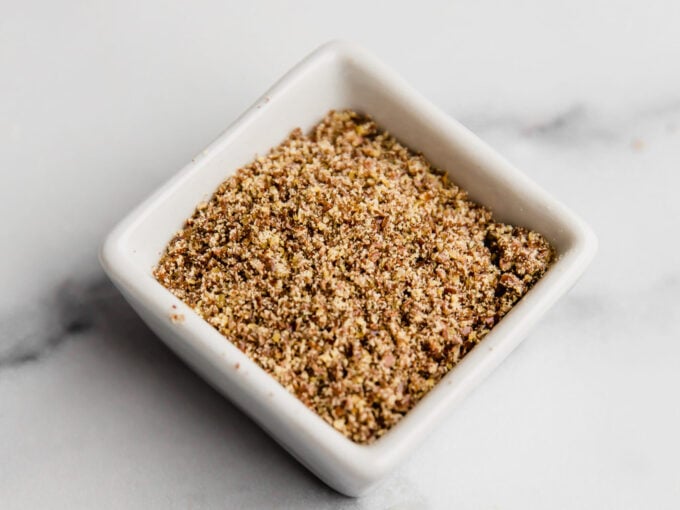
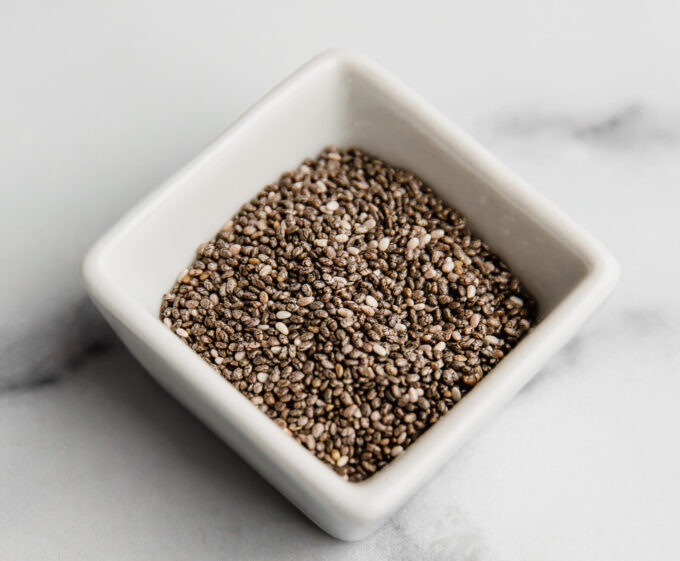
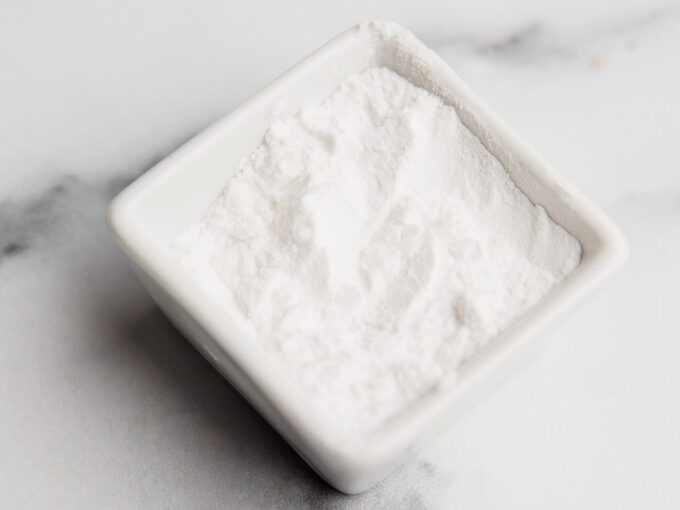
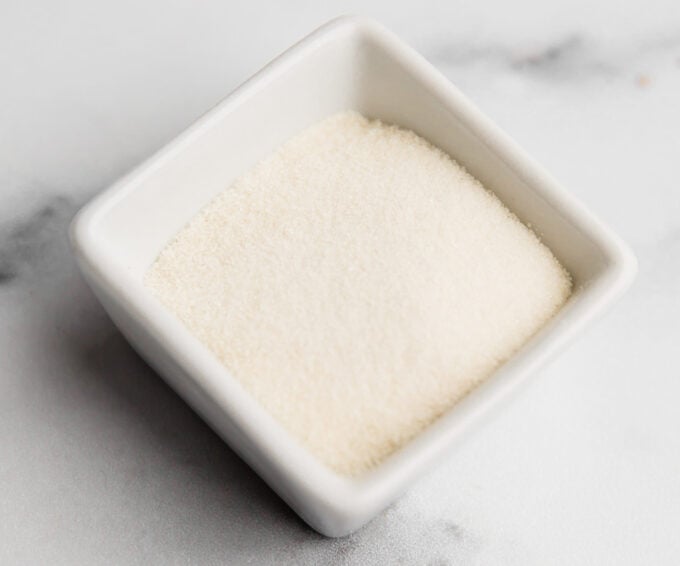
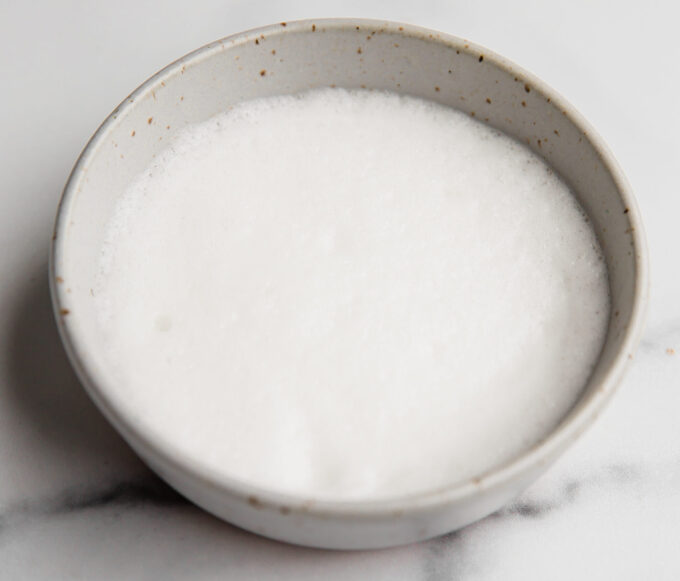
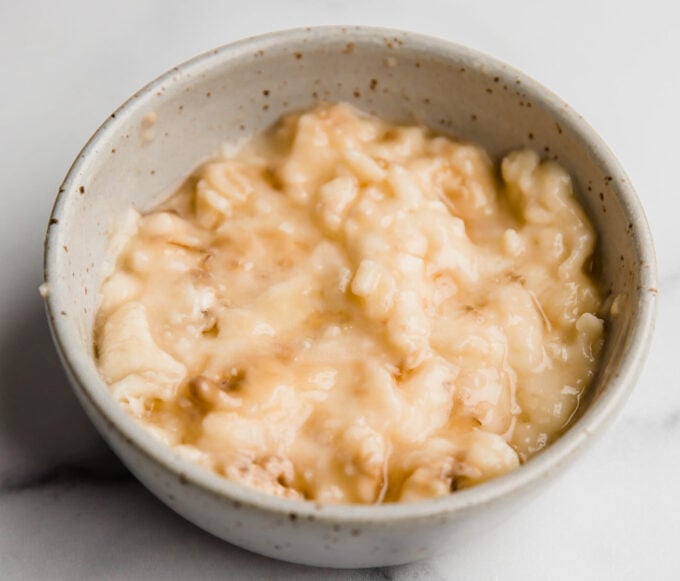
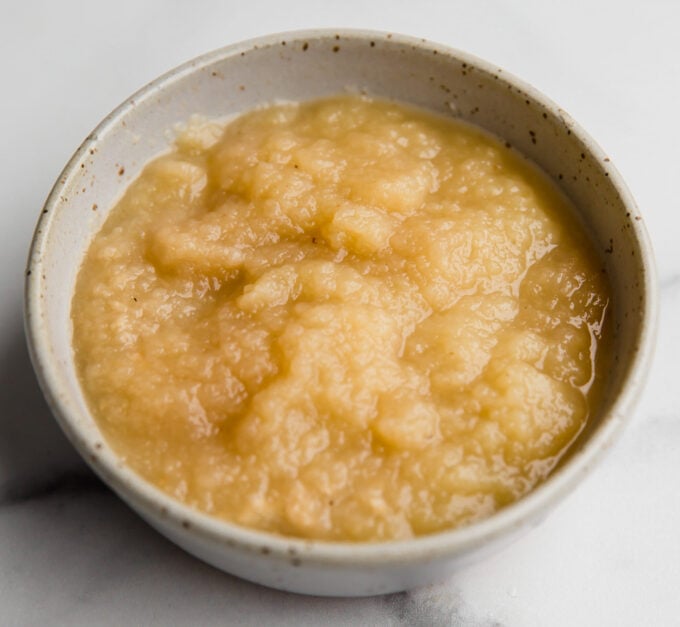
This is going to be very useful for my AIP cooking. Thank you!
enjoy!!
Thanks for this am vegan will use this for my baking Thanks Ramya